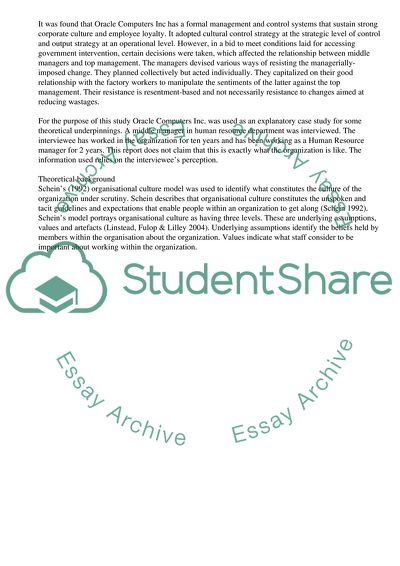Cite this document
(Employee Resistance to Management Control Research Paper, n.d.)
Employee Resistance to Management Control Research Paper. Retrieved from https://studentshare.org/management/1553887-research-report
Employee Resistance to Management Control Research Paper. Retrieved from https://studentshare.org/management/1553887-research-report
(Employee Resistance to Management Control Research Paper)
Employee Resistance to Management Control Research Paper. https://studentshare.org/management/1553887-research-report.
Employee Resistance to Management Control Research Paper. https://studentshare.org/management/1553887-research-report.
“Employee Resistance to Management Control Research Paper”, n.d. https://studentshare.org/management/1553887-research-report.


